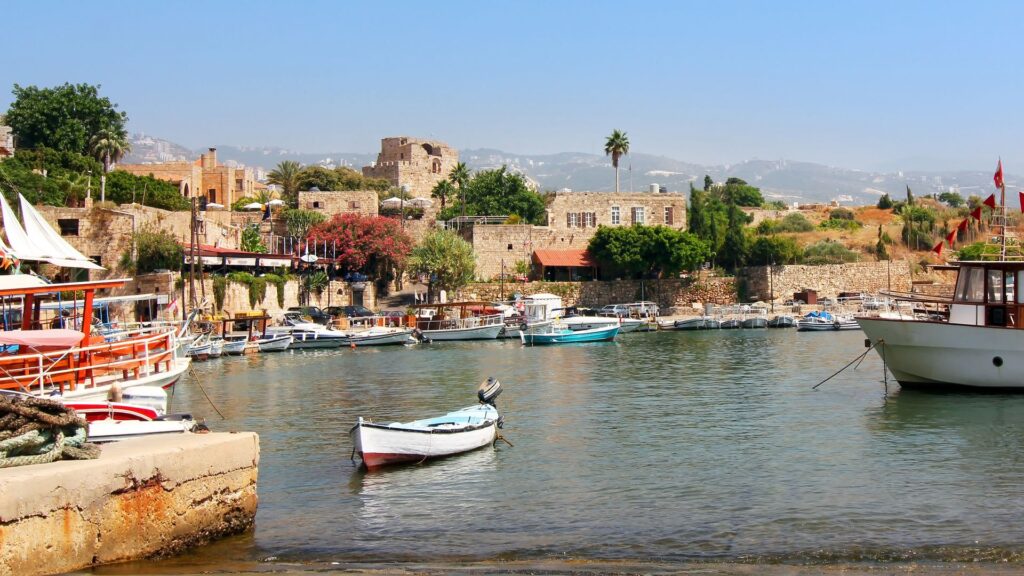Beirut, also known as Beyrouth in Arabic, is the capital and largest city of Lebanon. It is a vibrant and bustling metropolis, known for its eclectic mix of cultures, rich history, and stunning architecture.
Situated on the eastern Mediterranean coast, Beirut has long been a key trading hub in the region, with influences from Phoenician, Roman, Ottoman, and French colonial periods all blending together to create a unique and diverse cityscape.
One of the most striking features of Beirut is its stunning coastline, lined with trendy beach clubs and upscale resorts. Residents and visitors alike flock to the city's beaches to soak up the sun and enjoy the crystal-clear waters of the Mediterranean Sea.
Beirut is also a city with a rich cultural scene, boasting a plethora of museums, galleries, and theaters showcasing the country's art and history. From the National Museum of Beirut, which houses an impressive collection of artifacts from Lebanon's past, to the Sursock Museum, a beautiful mansion turned art gallery, there is no shortage of cultural experiences to be had in the city.
In addition to its cultural attractions, Beirut is also renowned for its vibrant nightlife and culinary scene. From traditional Lebanese cuisine served in bustling souks and street stalls to trendy rooftop bars and international restaurants, there is something to please every palate in this dynamic city.
Despite its tumultuous history of conflict and political instability, Beirut has emerged as a resilient and cosmopolitan city, drawing visitors from around the world to its lively streets and welcoming atmosphere. Whether you're strolling along the Corniche, exploring the historic neighborhoods of Gemmayzeh and Mar Mikhael, or simply savoring a cup of strong Lebanese coffee in a bustling cafe, Beirut is a city that is sure to captivate and inspire all who visit.
What to explore:
1. National Museum of Beirut: A must-visit for history buffs, this museum houses a vast collection of artifacts dating back to various periods in Lebanon's rich history.
2. Pigeon Rocks: These iconic sea stacks off the coast of Raouche offer spectacular views and are a popular spot for picnics and sunset watching.
3. Mohammad Al-Amin Mosque: A stunning example of modern Islamic architecture, this mosque is a landmark in Beirut and a must-visit for its intricate design.
4. Corniche Beirut: This waterfront promenade is perfect for a leisurely stroll, offering beautiful views of the Mediterranean Sea and the city skyline.
5. Beirut Souks: A bustling marketplace in the heart of the city, the Beirut Souks offer a wide variety of shops, restaurants, and cafes, making it a great place for shopping and dining.
6. Gemmayzeh Street: Known for its vibrant nightlife, this trendy neighborhood is filled with bars, restaurants, and art galleries, making it a popular spot for locals and tourists alike.
7. Martyrs' Square: This historic square in downtown Beirut is a must-visit for its significance in Lebanese history, as well as its iconic Martyrs' Statue.
8. Sursock Museum: A contemporary art museum housed in a beautiful 19th-century villa, the Sursock Museum showcases a mix of Lebanese and international art.
9. Byblos: While not technically in Beirut, a day trip to the ancient city of Byblos is well worth it for its well-preserved archaeological sites and charming seaside atmosphere.
10. Zaitunay Bay: This upscale marina area is perfect for a leisurely afternoon of dining, shopping, and people-watching while enjoying views of the harbor.
